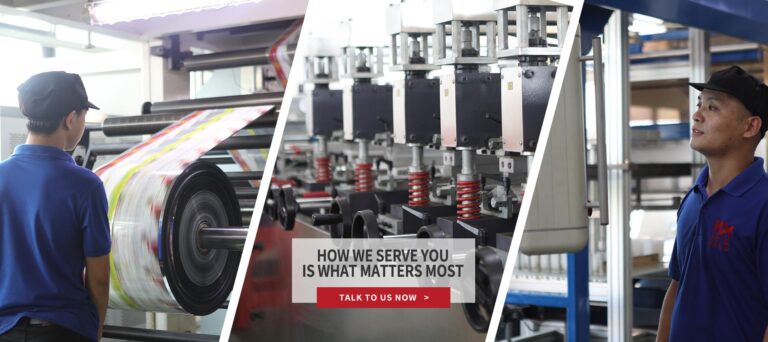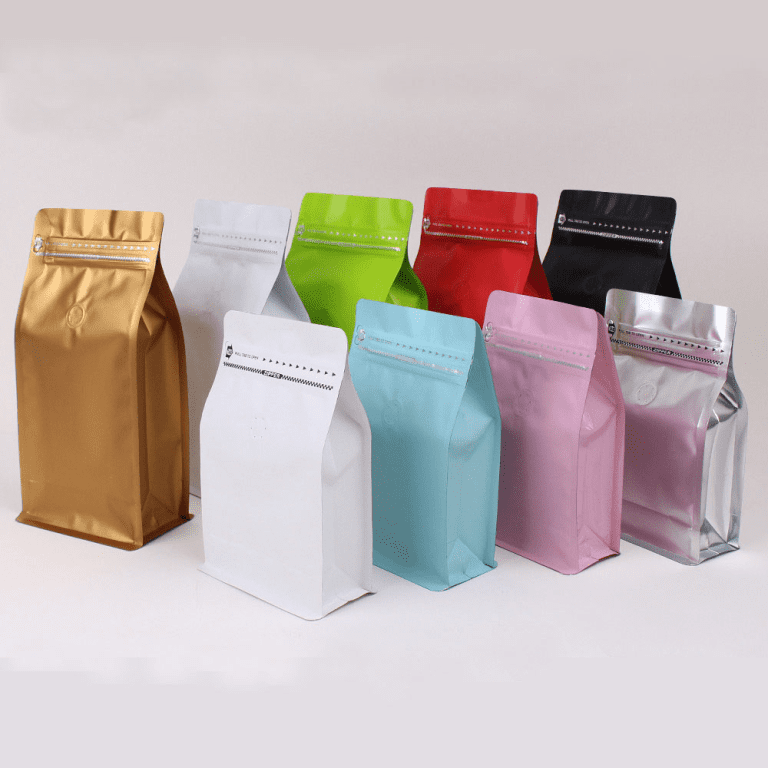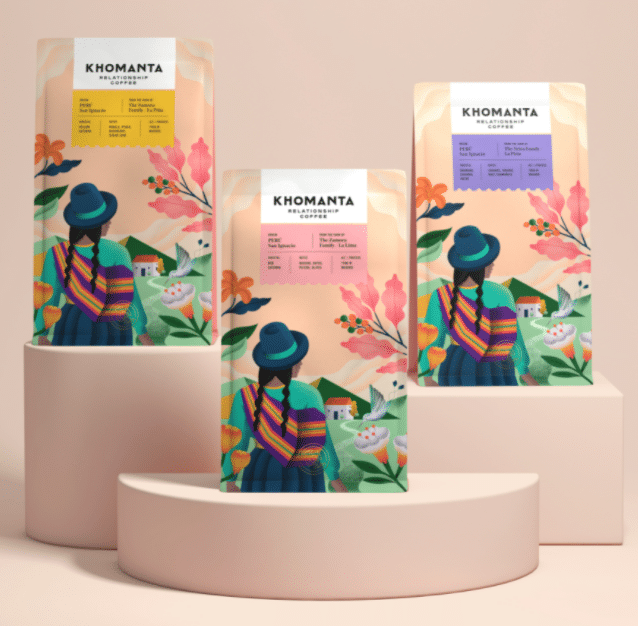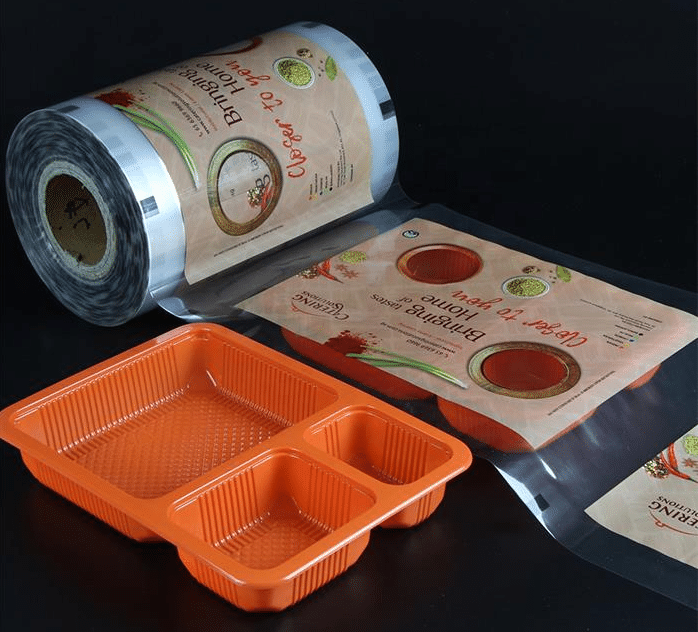Quins són els materials d'embalatge d'aliments que s'utilitzen habitualment?
Quins són els materials d'embalatge d'aliments que s'utilitzen habitualment?
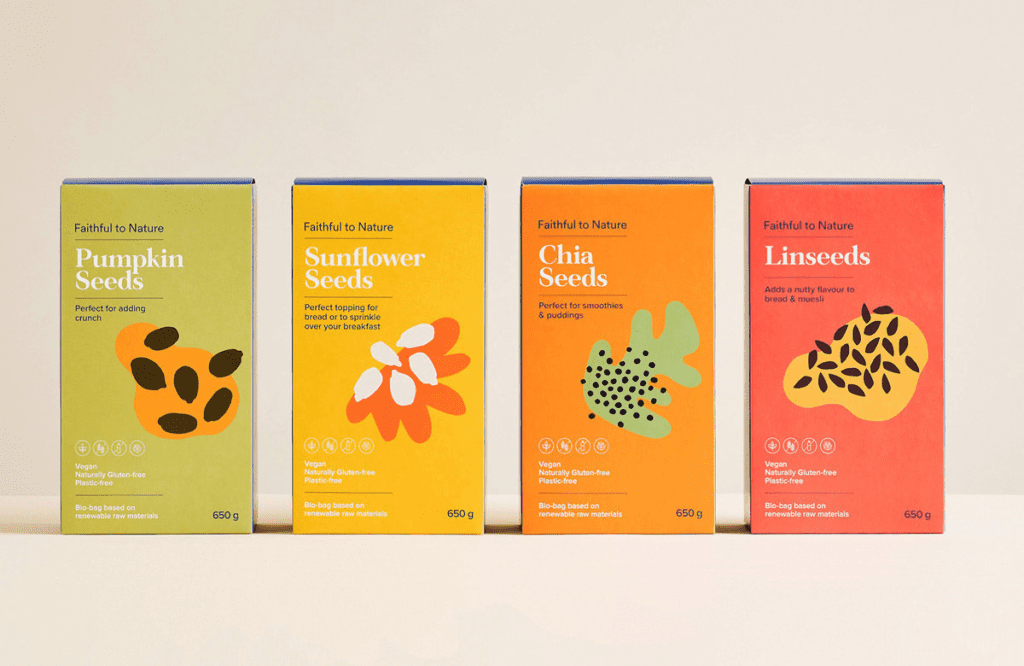
Food packaging plays a crucial role in protecting and preserving food products while they are being transported and stored. Hi ha diversos materials utilitzats per envasar aliments, cadascun amb les seves pròpies propietats i avantatges únics. Aquests són alguns dels materials d'envasament d'aliments més comuns:
Paper i cartró:

Paper and cardboard are popular choices for food packaging because they are biodegradable, renewable, i fàcil de reciclar. They are often used for packaging baked goods, berenars, and cereals.
Plàstic:

Plastic is a widely used material for food packaging due to its low cost and versatility. It is used for packaging a variety of food products, Incloent productes frescos, productes lactis, and snack foods.
Glass:

Glass is a commonly used material for food packaging because it is non-reactive, impermeable, and does not leach chemicals into food. It is often used for packaging products such as condiments, salses, and pickled goods.
Metal:

Metal, particularly aluminum and steel, is a popular choice for food packaging because it provides a barrier against light, air, i humitat. Metal packaging is commonly used for products such as canned foods, soups, i begudes.
Biodegradable Materials:

Biodegradable materials, such as plant-based plastics and starch-based materials, are becoming increasingly popular as alternatives to traditional petroleum-based plastics. They offer a more sustainable solution for food packaging and can be composted after use.
En conclusió, there are many different materials used for food packaging, cadascun amb les seves pròpies propietats i avantatges únics. When selecting food packaging, it’s important to consider factors such as the type of food being packaged, its shelf life, and the environmental impact of the packaging.


